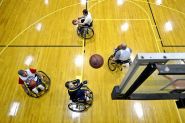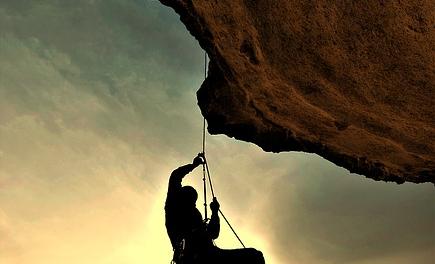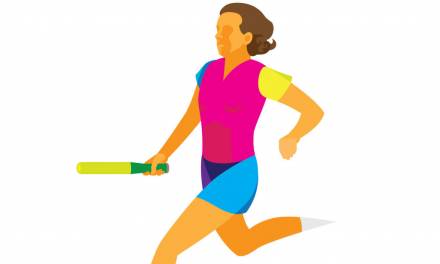Sports that people in wheelchairs can access are not as widely available as those are for the abled bodied, yet they do still have a selection of both summer and winter sports to choose from. These include, wheelchair curling, wheelchair fencing, wheelchair tennis, wheelchair basketball, wheelchair rugby (murderball) to name just a few.
When London hosted the 2012 Olympic and Paralympic games, a real driving force behind those games was that there should be a “legacy” of both games in Britain. Over two years on from those games and has wheelchair sport seen any form of “legacy” from those Olympics which was promised?
The government set out targets to aid and improve participation in disabled people by 2022, although none of these targets have any specific figures attached to them, if achieved, they could see a rise in participation figures.
These targets include “the proportion of disabled people who are able to use public transport without difficulty has increased” and “more disabled people can take part in sport and physical activity and the difference in participation rates of disabled and non-disabled is reduced”.
A study conducted by Active People in June 2014 shows that 17.8% of disabled people take part in sport for at least 30 minutes a week, with 20.1% of disabled men more likely to take part in sport than disabled women whose figures are 15.5%.
Back in the Active people survey 2008-2009 shows that 79.2% of disabled people did not participate in sport, when we compare that to 72.1% who do not take part in sport in the 2014 Active People survey this shows that the figure of people not doing sport has dropped by 7.1% in those 5-6 years.
This could be down to websites such as Parasport, who with a simple search can help find a club in the sport of the individuals choosing in their local area. This can allow people with any disability to find a club and hopefully get involved in regular sport.
There are unfortunately barriers that do not allow disabled people to take part or limit their sporting availability. These can be physical such as access to transport or lack of a local club, to non-physical barriers such as social stereotypes, with some perceptions being that disabled people are unable to participate in sport.
Although the figures suggest that sport for disabled people is becoming more accessible and more widely participated in, there is still a lot of work to do be done to encourage as many of the remaining 70% of disabled people to get involved in sport.









